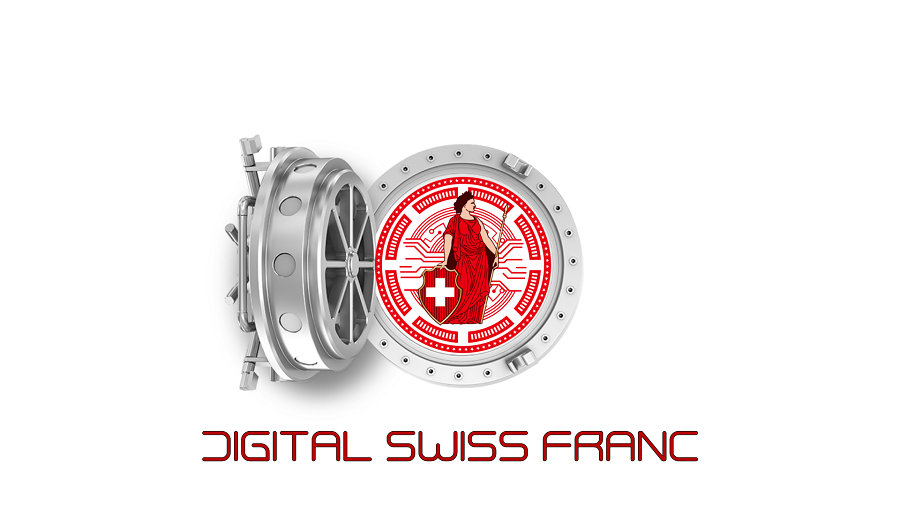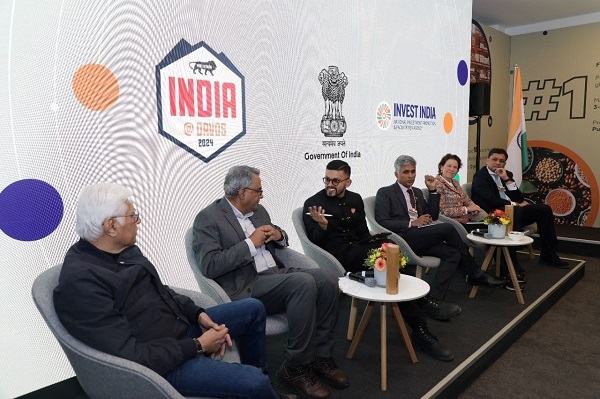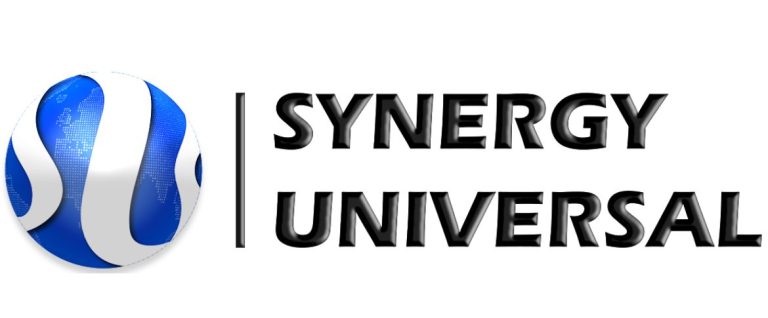Using Agile project management methodology can bring a whole new level of transparency and efficiency to your team. This process emphasizes collaboration and customer engagement. It also helps reduce risk and allows teams to make impactful decisions faster. It also fosters a happier and more productive team.
Agile project management methodologies use iteration, collaboration and feedback loops to help teams deliver value faster. This approach is ideal for industries with changing requirements or products that will be built in multiple versions. The method encourages teams to focus on small, verifiable components instead of large, unreachable solutions. It also promotes sustainable development.
In the initial phase of the project, the team identifies the key capabilities required to complete the project. Then, it turns the product vision into an iteration plan. The product owner creates a backlog of items to be implemented. The team determines the workload for each iteration. The team will then work on a small number of features, or user stories.
Agile uses a sprint planning meeting to set team goals for the upcoming sprint. The meeting also determines the workload of each member of the team. The team then works together to pull tasks from the product backlog into a sprint. Then, the team discusses how the work will be delivered and the expectations for the next sprint. Iterations are typically two to four weeks long.
Before the actual project begins, the team discusses the product’s requirements with the customer. They will discuss how the product will function and what features will be included. They will also jot down acceptance criteria. Then, they will work with the team to develop the product. This process involves the customer in every step of the product’s development.
At the end of each iteration, the team reports on their progress. The report will show how many story points have been completed during the iteration. This report will also indicate how accurate the initial estimations were. If the team underestimated the amount of time needed for a task, it may be split into several smaller ones.
The team also evaluates the performance of the previous sprint. The results are used to build the new requirements for the next sprint. The team then evaluates how the new plan is performing and makes adjustments where necessary. The final product is then released at the end of the cycle.
In an agile project, the customer is involved in every step of the project. The team also uses visual workflow documentation to provide better transparency to the team. This allows team members to see what each other is working on and what bottlenecks are hampering the project.
Agile also uses a tool called a scrum board. This board displays the user stories assigned to the team, along with the steps they must complete. The board helps the team to visualize the workflow. It can also help them improve their communication and collaboration.
During an iteration, the team may work on a small number of tasks for four to sixteen hours. These tasks are grouped into four categories: design, development, testing, and integration.













